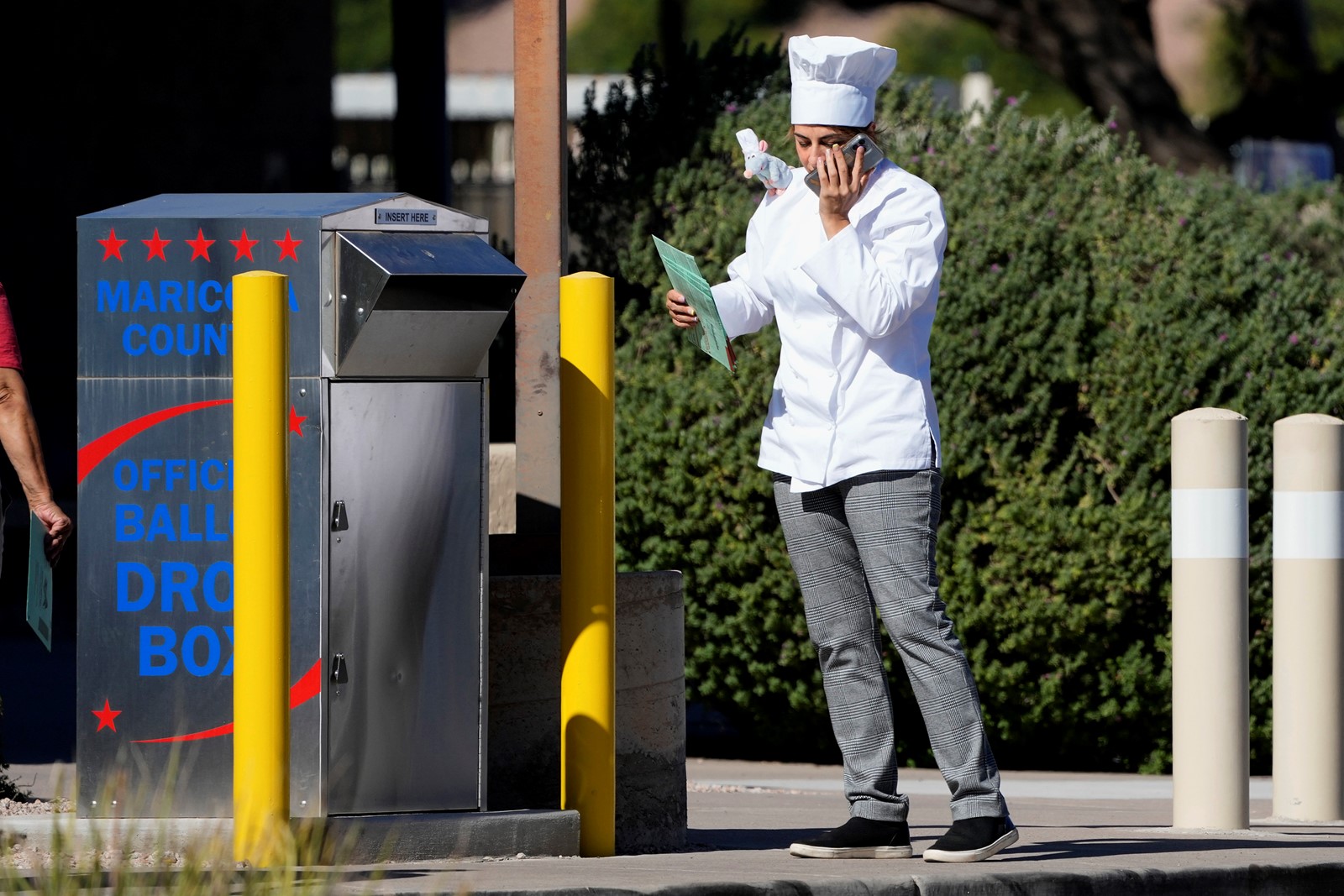
Stocks rose Monday on the eve of Election Day as Wall Street looked ahead to the benefits of a possibly split government in Washington, though trading is likely to stay bumpy in a week full of events that could shake the market.
The S&P 500 rose 1%, while the Dow Jones Industrial Average gained 1.3% and the Nasdaq composite added 0.9%.
Analysts say many investors seem to be making bets that Republicans will take control of at least one house of Congress. With a divided government, gridlock is more likely than big, sweeping policy changes that could upend tax and spending plans. And historically, when a Democratic White House has shared power with a split or Republican Congress, stocks have seen stronger gains than usual.
“The conventional wisdom that the stock market likes political gridlock is supported by the historical data in this instance,” according to Lori Calvasina, head of U.S. equity strategy at RBC Capital Markets.
Of course, that means a better-than-expected performance by Democrats in the midterm elections could hurt stocks. Investors may fear emboldened Democrats in such a scenario would push for increased spending to help the economy. That in turn could be a signal that the Federal Reserve would have to raise interest rates even higher to get inflation under control.
A Republican win would also introduce its own risks. It could again encourage Republican brinksmanship around the nation’s debt limit and threaten another government shutdown, according to strategists at Morgan Stanley.
Either way, markets may have to wait a while to get clarity because of the process to count votes that came in through the mail.
In the meantime, Wall Street is looking ahead to a report scheduled for Thursday, when the U.S. government will show how bad inflation was across the country last month. And that will influence what’s been the main driver on Wall Street this year, much more than politics: what the Federal Reserve does on interest rates.
Economists expect the report to show that the consumer price index was 8% higher in October than a year earlier, which would be a slight slowdown from September’s 8.2% inflation rate.
A fourth straight month of moderating inflation from June’s 9.1% rate could offer some relief. Such a trendline could also give the Federal Reserve leeway to loosen up a bit in its campaign to hike rates aggressively to force inflation lower.
The Fed has said that it may soon dial down the size of its increases to half a percentage point, after pushing through four straight large increases of three-quarters of a point. Higher rates put the brakes on the economy by making it more expensive to buy a house, car or anything else on credit.
Bond yields rose. The yield on the 10-year Treasury rose to 4.21% from 4.16% late Friday. The yield on the two-year Treasury rose to 4.73% from 4.66%.
The S&P 500 gained 36.25 to 3,806.80. The Dow rose 423.78 to 32,827.00, and the Nasdaq climbed 89.27 to 10,564.52.


 PREVIOUS ARTICLE
PREVIOUS ARTICLE
